pv magazine Australia: Community Energy projects are springing up around the country, why are Australians, especially in regional communities, taking their energy into their own hands?
Cam Klose: Renewable energy provides communities with energy alternatives and affordable solutions. Not only that, community energy means that people feel the tangible benefits of renewable energy. In Yackandandah [in northeast Victoria], a solar installation on the local hospital is saving thousands of dollars every year, allowing the hospital to invest more in doctors and nurses. Similarly, a recent solar and battery install on the CFA shed means that not only will the CFA have access to cheaper, locally generated energy, but in times of emergency they will have a guaranteed energy supply. It is these tangible benefits that are encouraging more towns to turn toward community energy.
Do you think such communities could achieve 100% renewables? And what are the biggest challenges the face en route to this goal?
There is a lot of work required by community energy groups to transition toward 100% renewable energy. The electricity sector is one of the most highly regulated sectors. To meet its 100% target and to set up fully functioning micro-grids Yackandandah is setting up a community owned energy company, Indigo Power. Indigo Power is working on an energy trading retail offer to be facilitated by a licensed retailer. Indigo Power is also able to assist in investing in larger scale community energy projects to allow Yackandandah to meet its target.
So, talk me through the role here for micro-grids.
Micro-grids allow communities to keep energy local. Using smart technology, households with solar panels and batteries are able to ‘trade’ energy between themselves. Indigo Power has partnered with Mondo, which has a Ubi device that allows us to track electricity use and give residents control over where their electricity comes from – prioritising local household generation.
Regional communities are often the hardest hit by rising energy prices, how are projects like Indigo Power aiding in their inclusion in the renewable revolution?
Indigo Power is working with local community energy groups for solutions that work in our different regions. We are about to roll out a region-wide hot water bulk buy. Water heating is a quarter of the average Australian household’s energy consumption, and the largest source of climate pollution. In some cases, it can also restrict the amount of solar installed due to the drawdown on the grid during the night. These low emission hot water systems will save people money and assist in the transition to 100% renewable energy.
Community projects obviously lack the budget of larger operations, but nevertheless, quality equipment and installation is required, what companies do you work with in the solar industry?
As a community energy company our aim is on working with local partners. For many of our projects we have worked with Solar Integrity.
Are there any innovations on the solar horizon that have you particularly excited for the potential benefits to community energy projects?
It has to be the declining cost curve on batteries. When batteries become competitive it changes the whole power grid. It will lead to huge build out of renewable energy that can then be captured and stored during the day. I am interested to see how these projects can ensure community benefit.
Community projects like TRY and Indigo Power are fully staffed by volunteers from the local community, but of course these volunteers see significant benefits to their community and their back pocket from their hard work. What work is being done and what kind of benefits are we seeing?
More than 55% of Yackandandah households now have solar. Many of the community buildings have solar installed. This means that the local community groups, residents and businesses are seeing the benefits of renewable energy. Yackandandah is currently fundraising for Australia’s first community-scale solar and battery project. There is broad community support for this project and it just demonstrates the huge goodwill for renewable energy in the community.
What’s next for Indigo Power?
We are working toward our full retail launch later this year. We will be rolling it out with community information sessions around the region, building a movement for community renewable energy.
This content is protected by copyright and may not be reused. If you want to cooperate with us and would like to reuse some of our content, please contact: editors@pv-magazine.com.
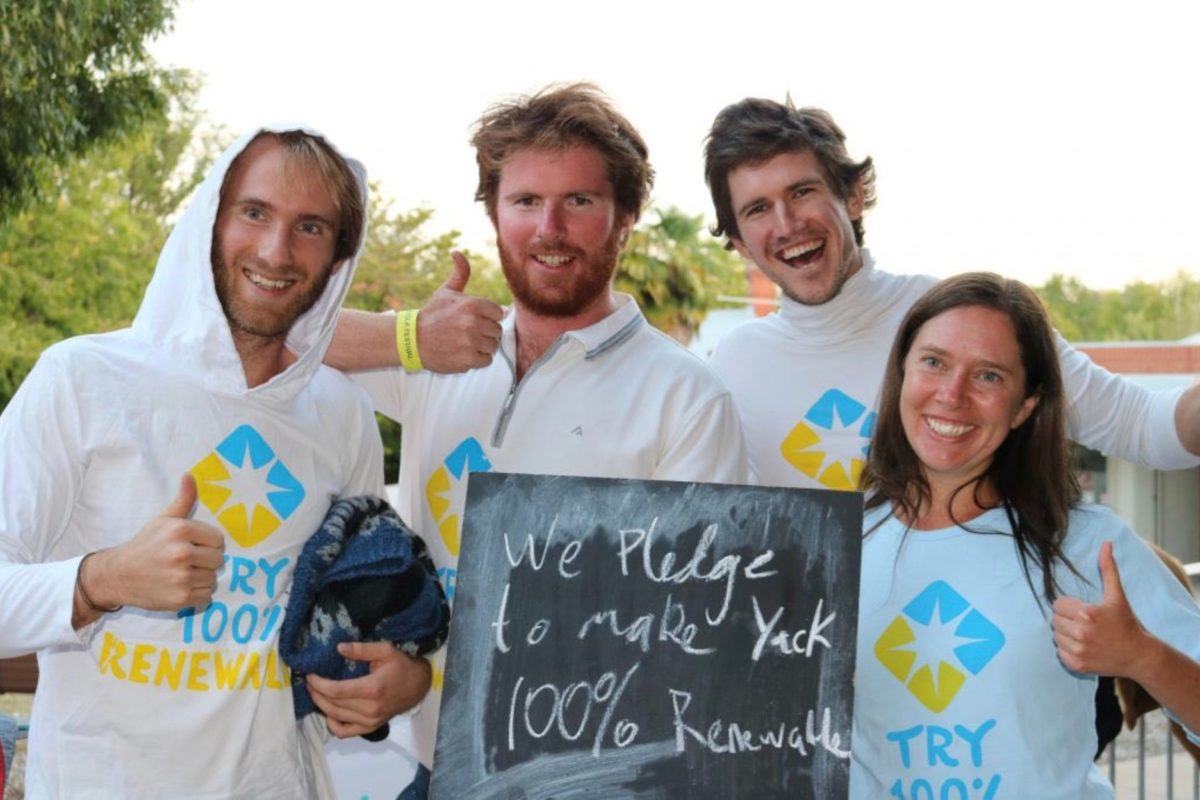
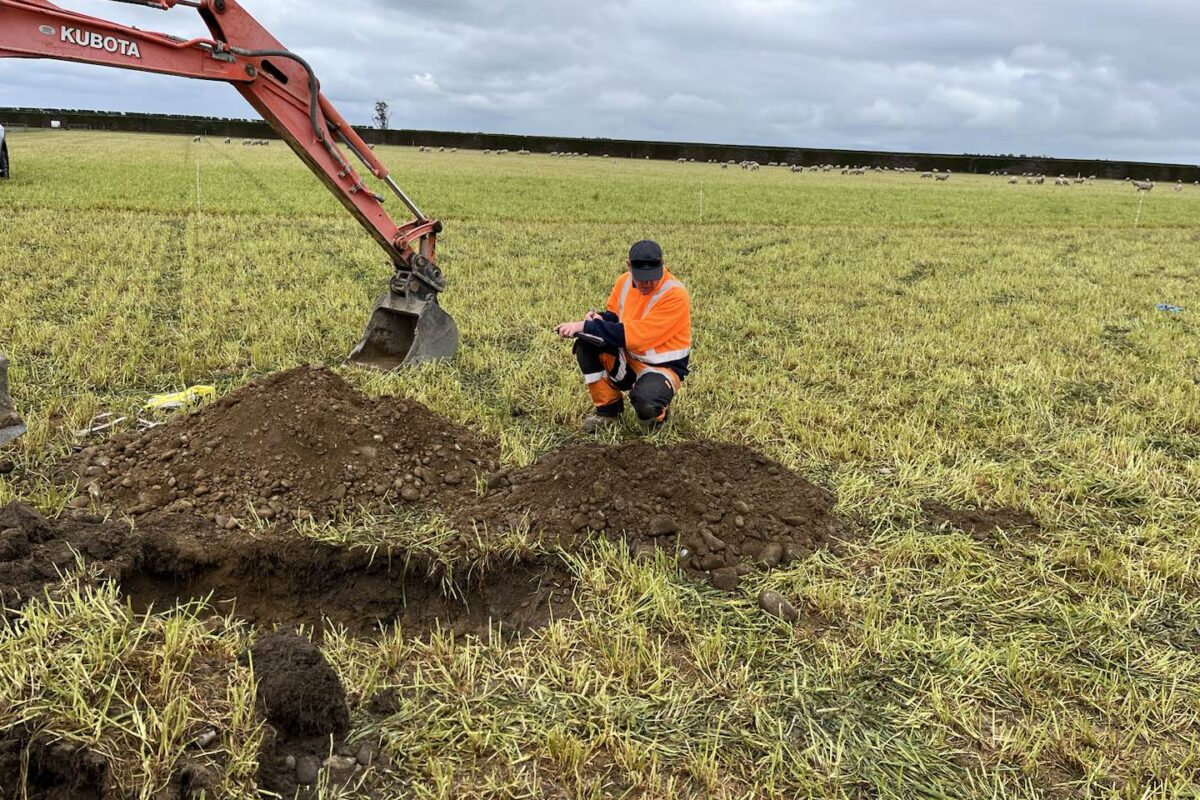


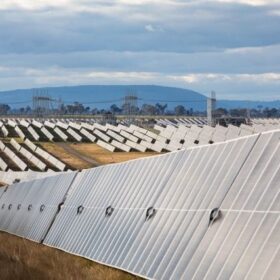
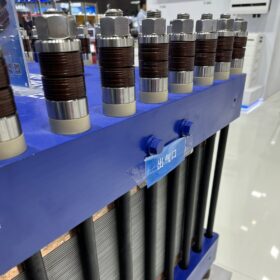
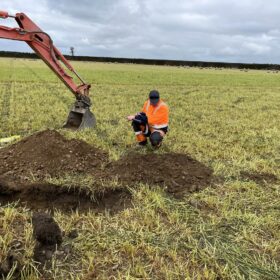
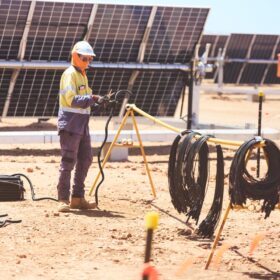
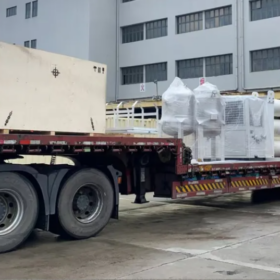
Renewable energy is a brilliant way to go, but unless we buy Australian Made products we are not making our solar jobs renewable for the future.
Please consider using an Australian made panels.
We want both to be here in the future,
Kudos to the literal power to the people movement: “More than 55% of Yackandandah households now have solar. Many of the community buildings have solar installed. This means that the local community groups, residents and businesses are seeing the benefits of renewable energy.”
This also means, the people are (tired). The big generators want their unidirectional grid that they control and control the generation assets on the grid. The people are tired, they have been tired of promises from the past and hopeful pundits for the future of the grid. Then things like, large scale construction of solar PV and or wind generation sites and NO power production agreements in place or power corridors built to bring the generated power to the ratepayers. This is the kind of thing that changes the status quo. The people’s belief in their own distributed solar PV and perhaps later on energy storage will be the disruptive technology that forces the utilities out of business or into line as the “partner” of the individual distributed energy generator.